In this space, we could have covered pretty much any car by Jowett, because the British marque disappeared seven decades ago this year, and it, along with its products, is now pretty much forgotten.
Launched in 1901 by Benjamin and William Jowett, along with their pal Arthur Lamb, Yorkshire-based Jowett initially produced pedal cycles, but by 1906 it had graduated to making light cars. Well-made yet relatively affordable, Jowetts were dependable and the company blossomed, with commercial vehicles a key part of the output from 1922.

Having thrived in the prewar years, Jowett was in a strong position once hostilities were over in 1945. It unveiled its Javelin family car in 1947, advertised as ‘New right through’. And it was; from its aerodynamic Gerald Palmer–designed saloon body and its torsion bar suspension at each end to its front-mounted flat-four engine, there had never been anything quite like it.

As if unveiling one far-sighted car straight after the war wasn’t enough, two years later Jowett repeated the trick by offering a sports model with the Javelin’s mechanicals, but featuring a tubular chassis. The car came about thanks to the collective efforts of The Motor magazine editor Laurence Pomeroy, Leslie Johnson, owner of racing car manufacturer ERA (English Racing Automobiles), and Anthony Hume, who with Tom Wise had successfully raced a Jowett Javelin in the 1949 Spa 24 Hours.
Once Jowett had agreed to collaborate with the trio, Johnson drafted in ex-Auto Union man Robert Eberan von Eberhorst to design the chassis, which was unveiled in rolling form at the 1949 Earls Court motor show. Even without any bodywork, the chassis caused a stir, with its high-tech chrome-moly steel construction.

The running gear was pure Javelin, which meant a 1486cc flat-four mated to a four-speed gearbox with a column change. Suspension was by torsion bars, independent at the front with unequal-length wishbones, and with a live axle at the rear, supported by four-link trailing arms and a Panhard rod. Steering was by rack-and-pinion.

Once the chassis had been seen, it was time to come up with some suitable bodywork, and in just 14 weeks, Jowett’s chief body designer Reg Korner drew up a design that looked great from every angle, even if the rear three-quarter view was somewhat awkward with the roof up. Clothed in its new suit, the Jupiter made its debut in April 1950 at New York’s British Automobile and Motorcycle Show.
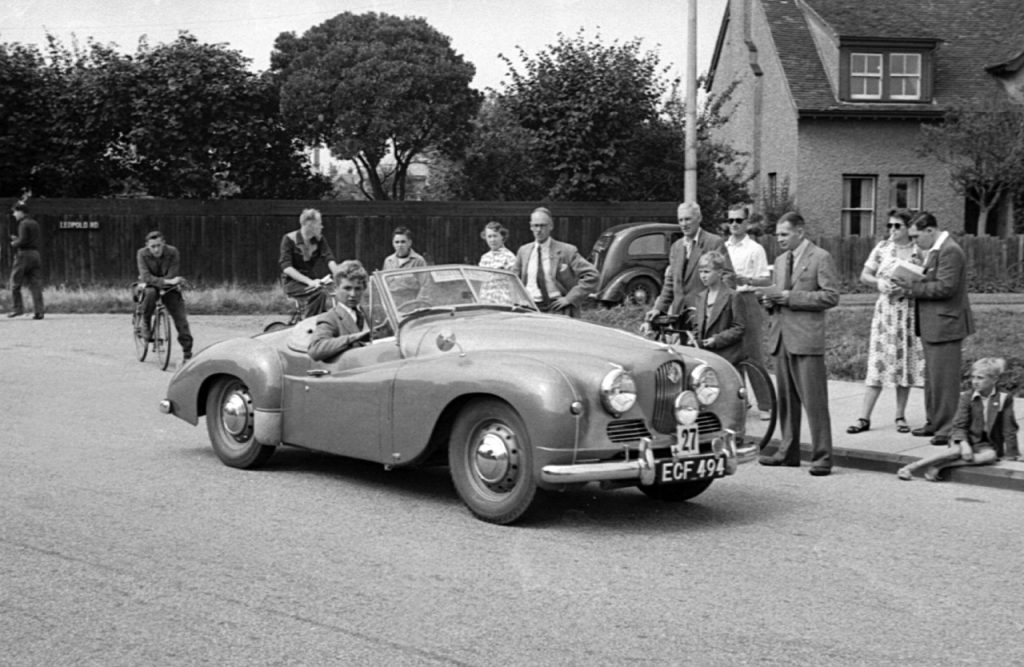
Once again, the Jupiter caused a stir when it was unveiled, but by this point Jowett had already terminated its contract with ERA, so that it could take control of the project and run it completely in-house. It seemed to be the right move, because that year a factory-backed Jupiter won its class at the 24 Hours of Le Mans 24, with more class wins in the 1951 and 1952 races. Further successes would come in the 1951 RAC-TT at Dundrod, the 1951 Monte Carlo Rally, the 1951 Lisbon International Rally, and in the 1952 Lake Tahoe Rally.
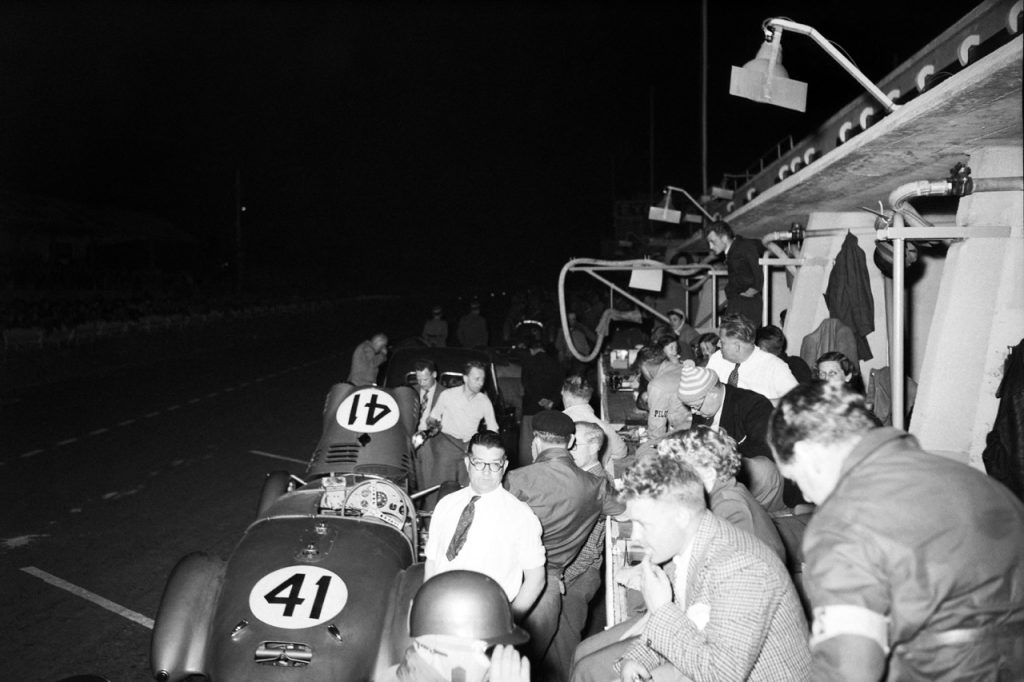
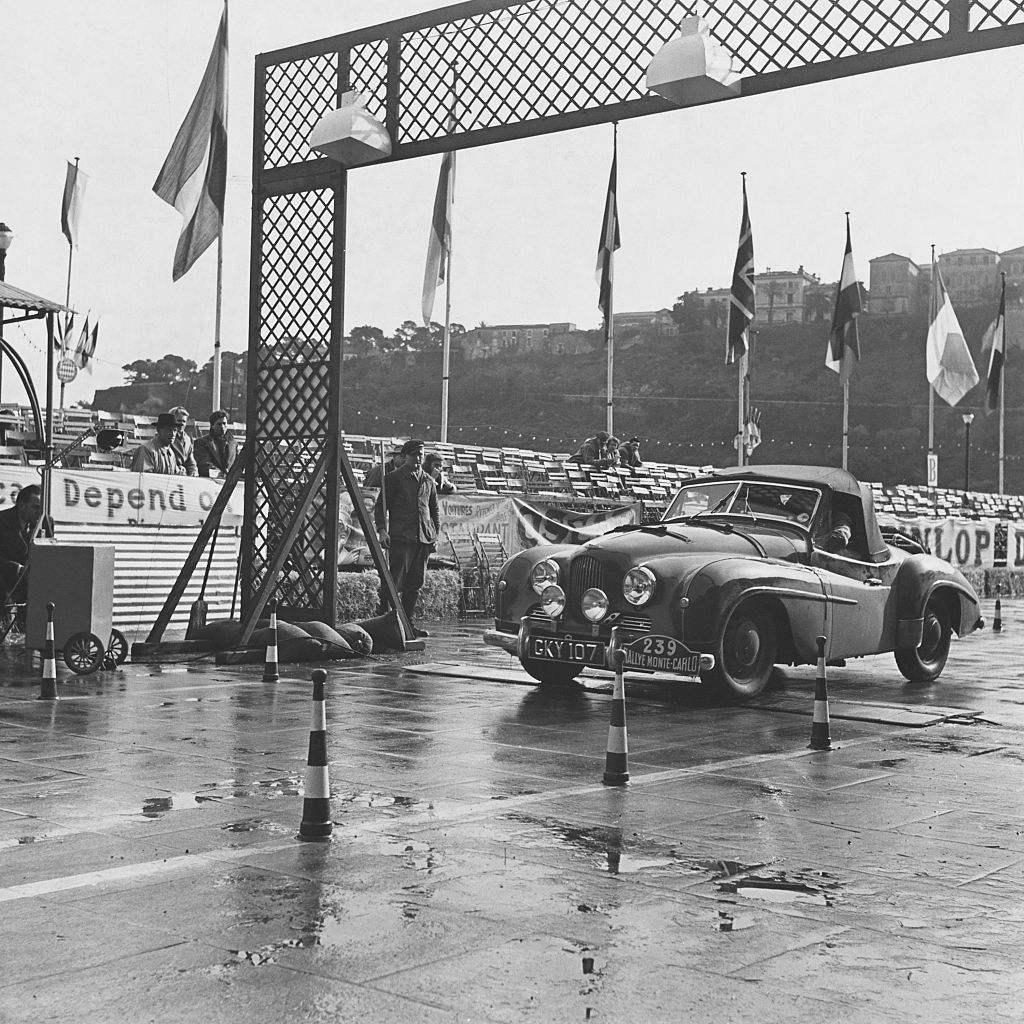
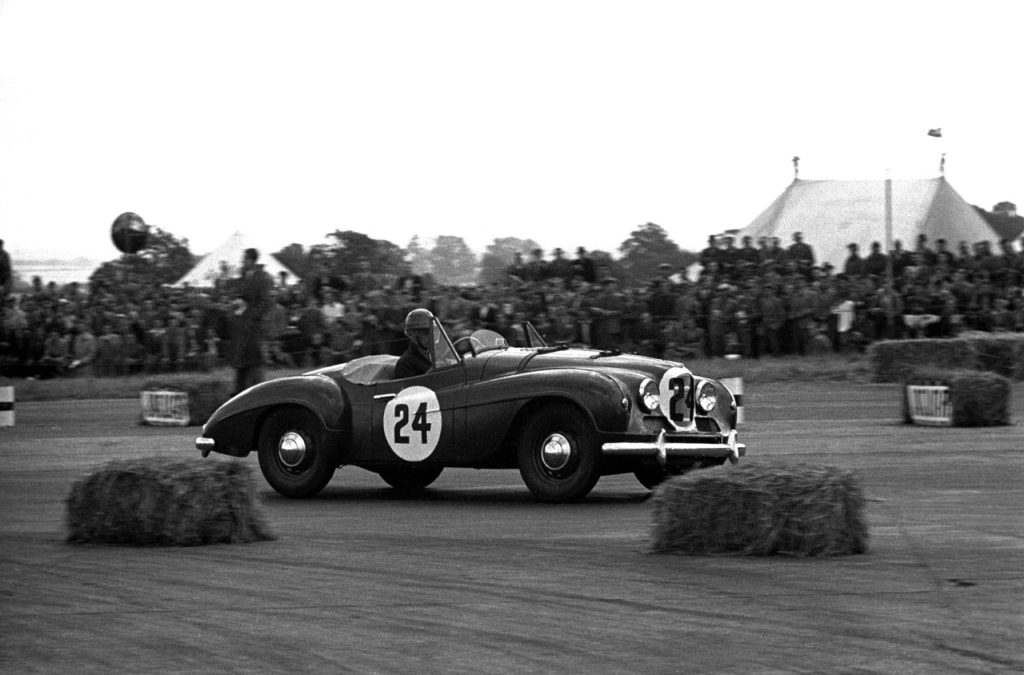
Jupiter production started in March 1950, with all cars initially built for export. But by the end of that year a few cars were available to British buyers, who revelled in the 90mph potential. But the two-seater Jupiter was no sports car; with its radio, heater, carpeting, wind-up windows and bench seating it was more of a luxury GT, which was out of reach for most people thanks to a £1393 price tag. For context, the average house price back then was about £1850.
For the first year, Jowett sold its new drop-top as the Javelin Jupiter convertible; after that the Javelin reference would be dropped. When The Autocar tested a Javelin Jupiter convertible in 1950, it didn’t have much to criticise, with the performance, gear change, steering, grip, and handling all getting the thumbs up. The only gripe was a lack of support from the three-abreast bench seat.
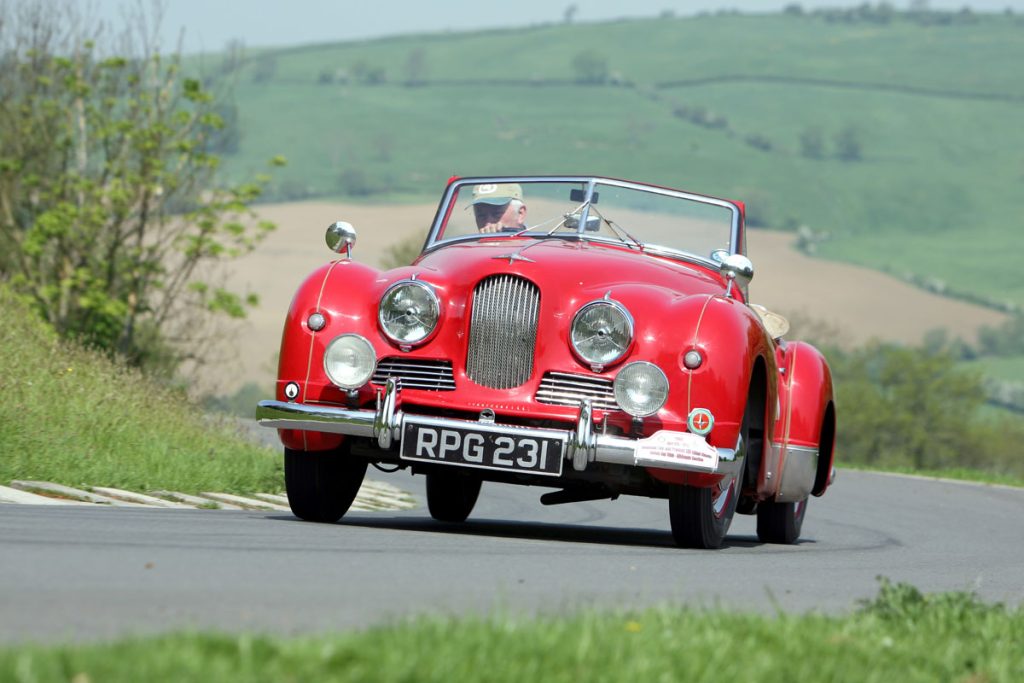
The Motor was just as enthusiastic, although that was unsurprising, given the involvement of Laurence Pomeroy. The magazine wrote: “The Jupiter is a car which should appeal strongly to the buyer who requires exceptional performance, good handling qualities and a reasonable degree of amenities. The car should prove a popular addition to the range of high-performance cars in the under-1 1/2-litre class.”
Despite being received so enthusiastically by the press, the Jupiter failed to sell in the numbers that Jowett had hoped for. The company didn’t rest on its laurels, though, because it continued to develop the Jupiter in a bid to make it more appealing. Once 733 examples of the retrospectively named Mk1 had been built, in October 1952 came the Mk1a, with an opening boot and a revised hood design which now extended further back. Whereas the Mk1’s instrument panel was made of walnut veneered with the instruments in front of the driver, the Mk1a had a metal dash with instruments centrally mounted.
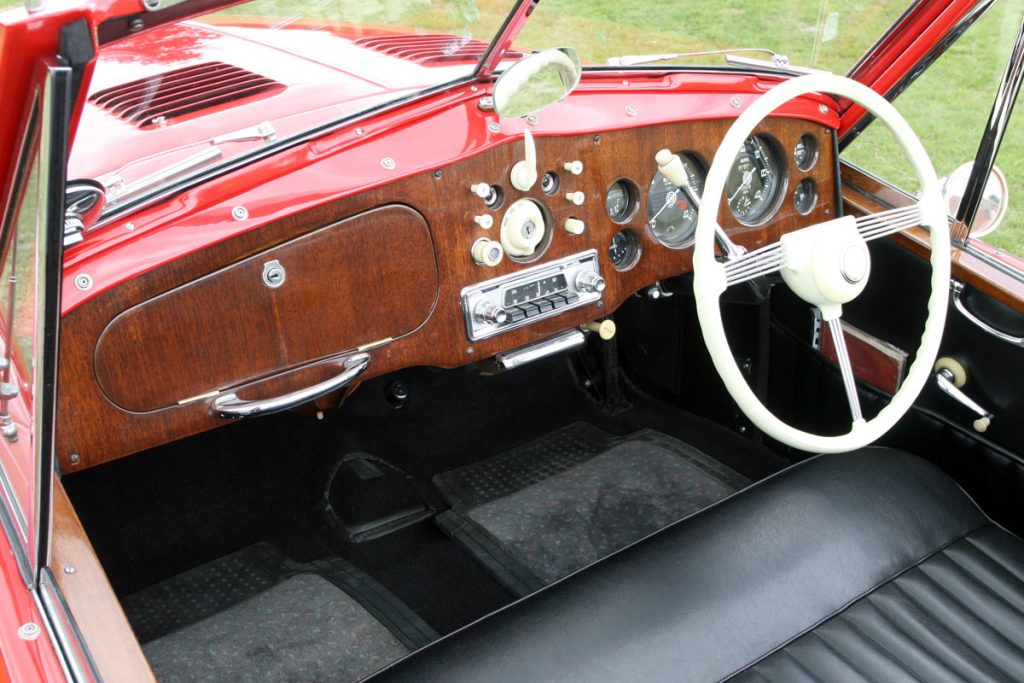
Just 94 examples of the Mk1a were made before Jowett then got radical, unveiling an all-new Jupiter in October 1953, at the Earls Court motor show. Known as the R4 and featuring a redesigned chassis on top of which was a plastic bodyshell, the R4 was fast because it was so light; one was officially timed at just over 100mph. But just three were made before Jowett ceased car manufacture in 1954. Today, two R4s survive.
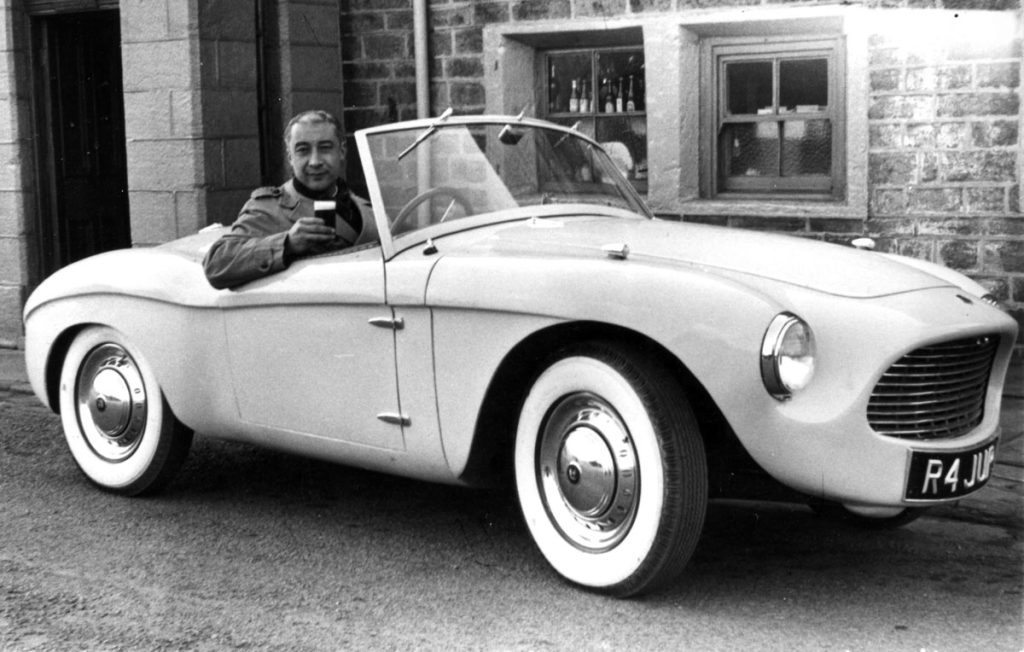
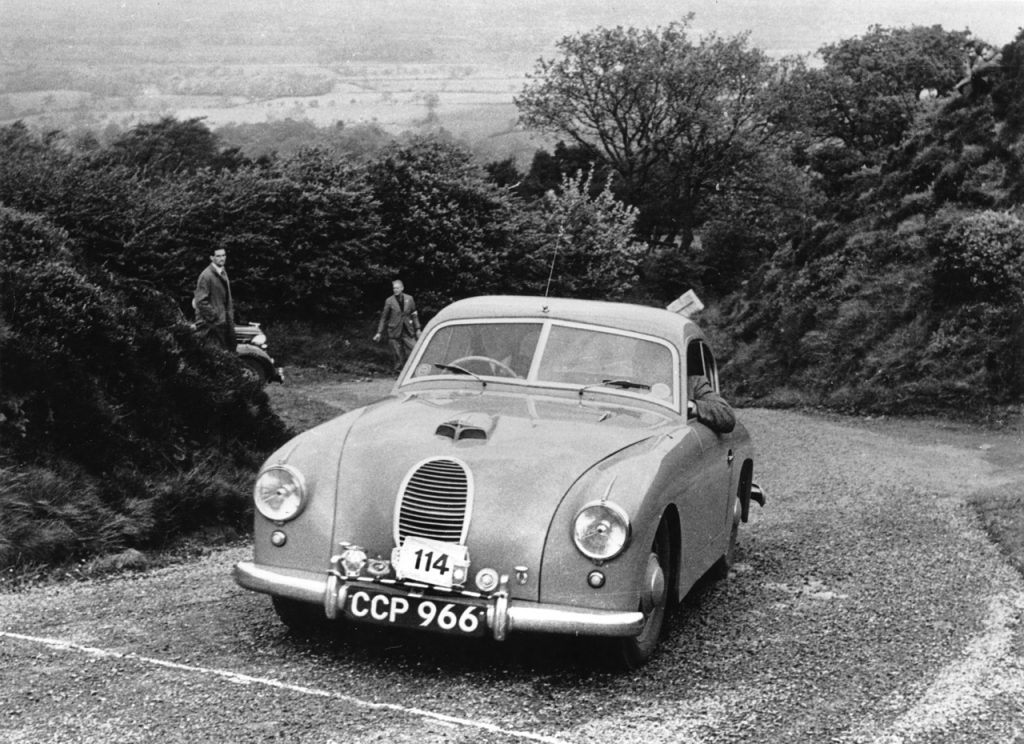
Along the way, there were also several special-bodied Jupiters, including six by Richard Mead (four survive globally) and four by Stabilimenti Farina (all survive; one finished overall fifth in the 1952 Monte Carlo Rally), as well as examples by Beutler, Ghia, Harold Radford, and Abbott of Farnham. In total, 64 Jupiters were bodied independently, and just like the Jowett-bodied model, all of these quirky British compact GTs are now largely forgotten.









Dont forget the humble Bradford van which was the only post war Jowett to make a profit, Briggs Bodies produced 38,000 of these from 1946 to 1952. Also a fully tooled up replacement called the CD was never produced but there were fourteen prototypes made. Eight of these were used by Jowett Engineering from 1954 till 1963. Five went to New Zealand where four still survive. I owned the only survivor here in the Uk forty years ago it is now in a private collection [CD10] . Some recently discovered paperwork shows several went to M.I.R.A in 1952 and 1953.
Cracking article. As a Jowett owner we secretly know their fantastic design and durability is ground breaking.
I enjoyed reading this article, I would suggest, however, Jowetts are still well-known in classic car circles. The Jowett Car Club is thriving with approximately 600 members with Jowett clubs in Australia, New Zealand, the USA and Denmark. We are the oldest one-make club in the world, being formed in 1923. We had a very busy year last with special centenary celebrations throughout the country. We also have a very active spares section which helps keep our cars on the road. There is also the Jupiter Owners’ Auto Club, which caters for Jupiters only. Noel Stokoe, Press Officer & Librarian, Jowett Car Club
The red Jupiter at the head of this (very good) article, FHS338, was owned by me, and served as our ‘wedding car’ in 1967. We still own a Jupiter, which is, of course, insured by Hagerty!